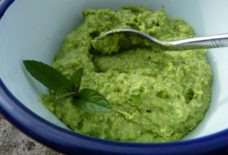Reviving Palestinian Tarweedeh in Modern Music
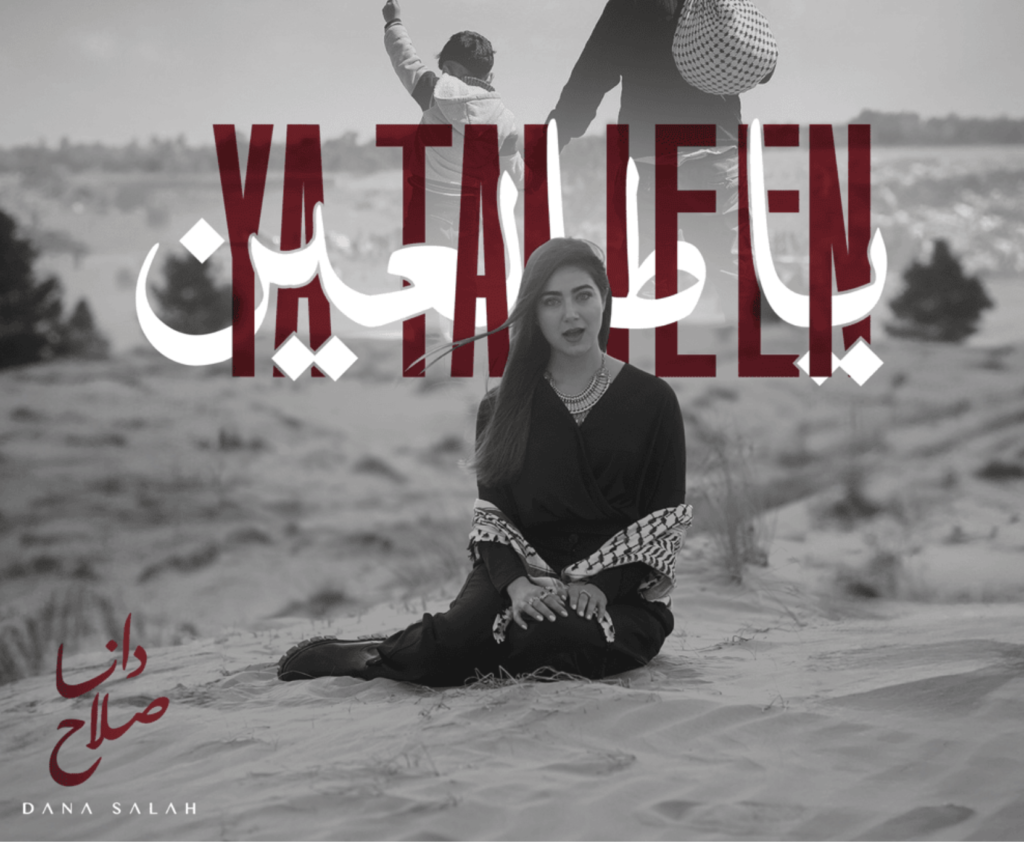
Yara Marei / Arab America Contributing Writer
Preserving Heritage through Tarweedeh in Palestinian Resistance Songs
Imagine hearing “perlalalafct” and trying to determine its meaning. You might guess “Pearls,” “Pre-effect,” “Blanket,” or “Perfect.” This illustrates the confusion caused by mispronunciation. If you’re learning English and struggle with “perfect,” hearing “perlalalafct” makes understanding impossible. This is similar to the Palestinian Tarweedeh, or “Mwalalala,” where Palestinian women in the late 19th century inserted “lalalala” into Arabic words to confuse British colonizers, despite their knowledge of Arabic.
Palestinian Tarweedeh, or “Mwalalala,” was developed by Palestinian women in the late nineteenth century. It involves pronouncing Arabic in the Palestinian dialect and inserting “lalalala” in the middle of words, making it harder for British colonizers to comprehend conversations, despite their potential knowledge of Arabic.
Today, Tarweedeh persists in Palestinian culture, particularly in traditional songs performed at weddings and gatherings, often by female artists. Influenced by the current situation of Israeli settlements and ongoing conflicts, many Arab artists have revived Tarweedeh in their music as a symbol of resistance against occupation. This resurgence has gained popularity, making Tarweedeh a notable trend once again.
One recent example is Dana Salah’s song “Ya Talie’en,” which combines Arabic poetry with two traditional Palestinian Tarweedeh songs—one originally by Reem Albanna and a traditional song from the late nineteenth century named “Shamali,” meaning “the north.” This blend of languages and musical styles distinguishes Dana’s song, making it both trendy and culturally significant, enhanced by a richly symbolic music video.
Dana Salah, a Jordanian-Palestinian youth artist born and raised in Amman, continued her education at Duke University and began producing her music in New York City. She embodies hope and solidarity through her music, bringing attention to the enduring cultural heritage of Tarweedeh.X$
Palestinian Tarweedeh in Modern Resistance Music: A Cultural Revival
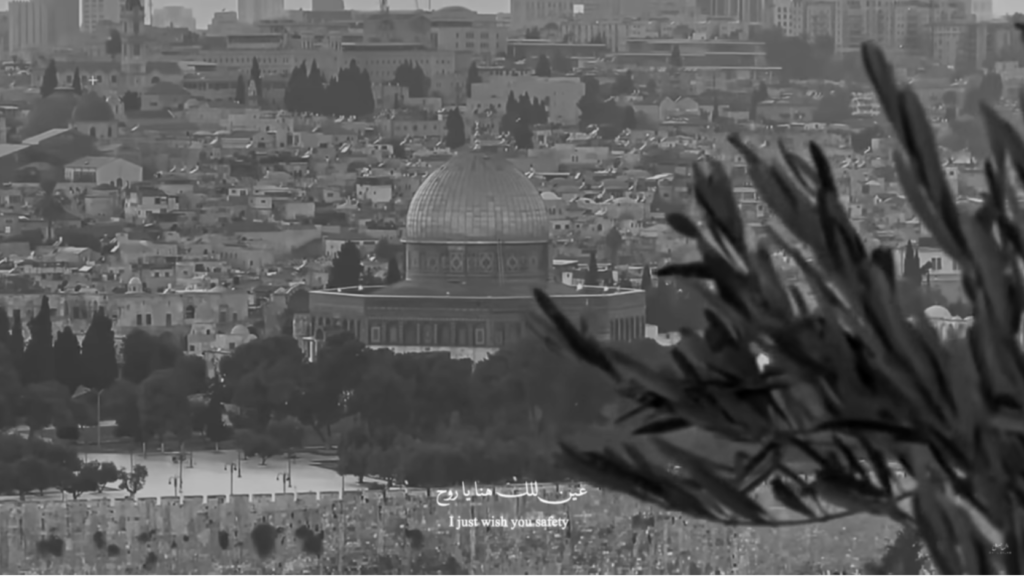
The integration of Tarweedeh into modern resistance music represents both a cultural resurgence and a potent form of political expression. As demonstrated in Asalah Nasri’s latest video clip for “The Natives,” this ancient Palestinian musical style serves as a powerful medium for conveying messages of resistance, pride, and solidarity. This revival has gained popularity because it has touched on some emotional points that were rarely touched before.
The use of traditional music forms like Tarweedeh in resistance art also attracts international attention, educating global audiences about Palestinian culture and struggles, thereby fostering empathy and support worldwide. Artists like Dana Salah bridge local traditions with global platforms, amplifying the Palestinian voice on the world stage.
The role of Palestinian Tarweedeh in modern resistance music underscores the enduring power of cultural heritage. By blending ancient art forms with contemporary issues, artists create a layered narrative that resonates deeply with local and global audiences alike. This cultural revival honors the past while empowering present and future generations in their ongoing pursuit of justice and peace.
“Ya Talaeen”: A Poetic Journey of Nostalgia and Hope
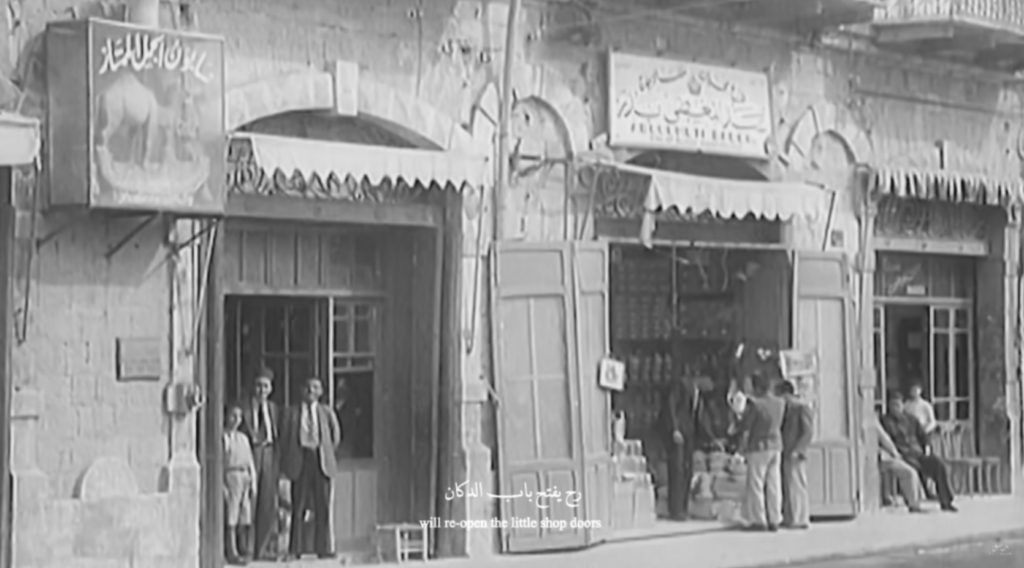
The song “Ya Talaeen” by Dana Salah blends touching Arabic verses with a heartfelt English chorus, telling a story full of hope, strength, and longing. It came out during a time of regional turmoil and political unrest, capturing the desire of a community for freedom and to go back to their homeland. and draws upon vivid poetic imagery deeply entrenched in Middle Eastern culture. References to mountains, fire, and gazelles evoke themes of strength and passion, resonating with historical narratives of endurance and struggle. These symbolic motifs not only affirm a cultural identity but also foster a sense of unity among listeners through shared heritage.
Themes of Longing and Resistance
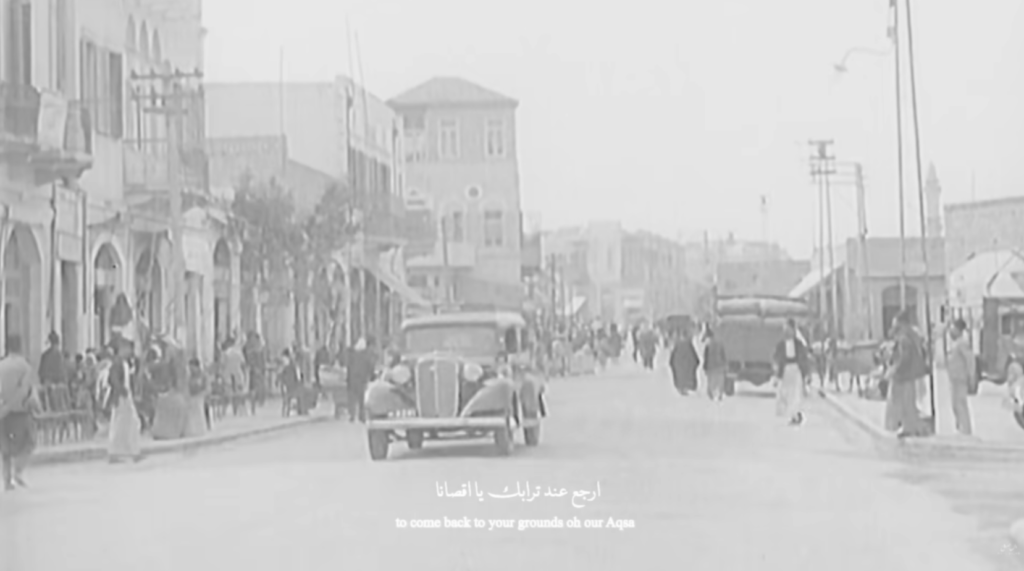
The lyrics of the song poignantly articulate a profound longing for liberation and justice. Lines such as “From the river to the sea, my people tasted freedom” vividly paint a collective desire to overcome oppression and reclaim sovereignty. The refrain “Hold on, just a little longer, we’re going home” underscores a message of resilience and optimism amidst adversity, striking a chord with those who empathize with struggles for self-determination and dignity.
During a period marked by heightened political tensions and social movements advocating for human rights, “Ya Talaeen” serves as both a reflection of current realities and a call for change. It embodies the aspirations of a community determined to carve out a better future, urging listeners to envision and actively pursue progress. The song’s release against the backdrop of global movements for justice amplifies its relevance and impact.
Musical Composition and Emotional Impact
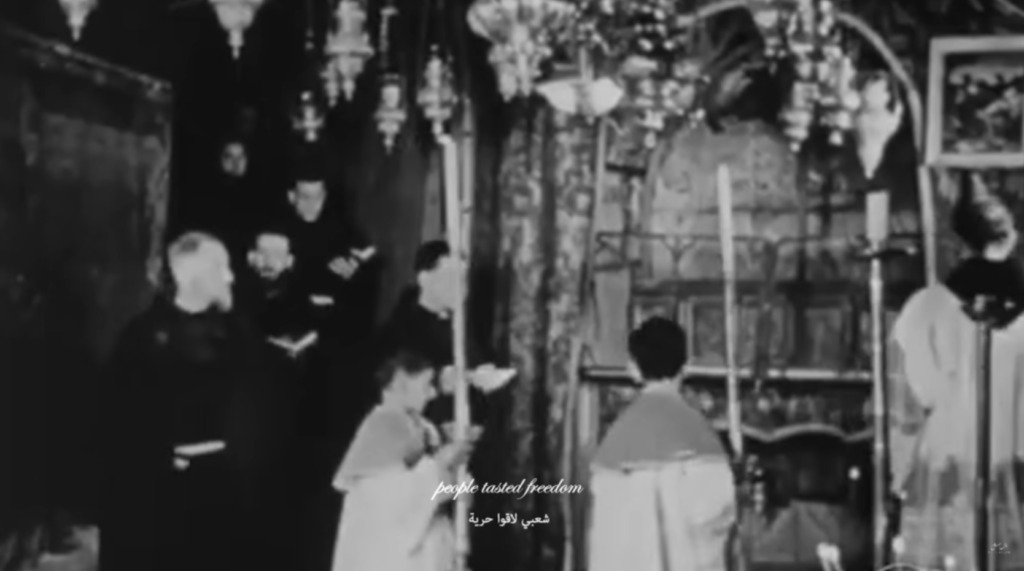
Musically, “Ya Talaeen” seamlessly blends traditional Arabic elements with contemporary influences, creating a melodic tapestry that enhances its lyrical poignancy. The interplay of Arabic verses with an English chorus not only broadens its accessibility but also bridges cultural divides, allowing the song to resonate globally while preserving authenticity. This musical fusion amplifies its emotional resonance, reinforcing themes of unity and solidarity across borders. and that also reflected on the artist herself as an Arab American.
Cultural Revival through Tarweedeh and its significance
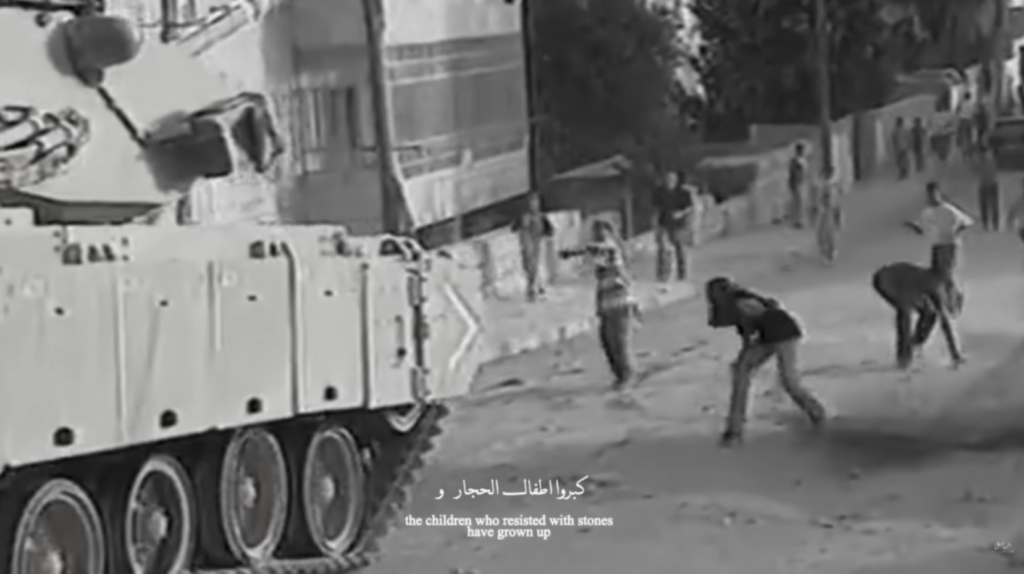
The incorporation of the Palestinian Tarweedeh style into “Ya Talaeen” signifies a profound cultural revival within modern resistance music. Its adaptation in contemporary music by artists like Dana Salah not only preserves Palestinian heritage but also connects today’s war with a legacy of resilience against oppression. Tarweedeh’s adaptation of “Ya Talaeen” serves multiple purposes, including the coding communication of Tarweedeh and the emotional resonance through The traditional melodies and rhythms of Tarweedeh evoke nostalgia and strengthen emotional bonds within the community, fostering solidarity and unity among listeners. including the symbolic imagery Dana Salah’s accompanying visuals in the song’s video further amplify its message, featuring poignant scenes such as olive trees, Al-Aqsa mosque, and children with rocks against the armor of occupiers, reinforcing its historical and cultural significance. and historical references that resonate with the enduring struggle for justice.
Contemporary Relevance and Global Impact
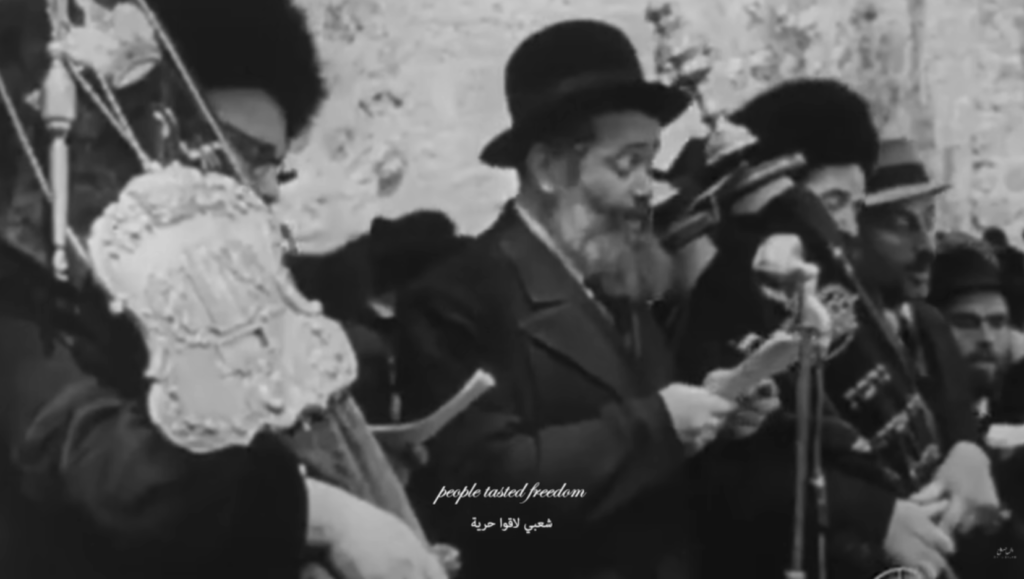
In current resistance movements, music serves as a powerful medium for raising awareness and mobilizing support. The incorporation of Tarweedeh into “Ya Talaeen” educates global audiences about Palestinian culture and its ongoing struggles, fostering international empathy and support. Artists like Dana Salah bridge local traditions with global platforms, amplifying Palestinian voices on the world stage.
Tarweedeh as a Tool of Resistance
“Ya Talaeen” outperforms its role as a song; it represents a history of hope, resilience, and cultural pride. Through its lyrics, mixing melodies, and the integration of Tarweedeh, the song encapsulates the aspirations and struggles of a people striving for freedom and justice. Dana Salah’s artistic expression through “Ya Talaeen” not only honors Palestinian heritage but also empowers present and future generations in their quest for justice and peace. It stands as a testament to music’s transformative power to inspire change and unite communities in pursuit of a shared future.
The integration of Tarweedeh into modern resistance music not only preserves Palestinian cultural heritage but also serves as a potent form of political expression. Artists like Dana Salah and Asalah Nasri continue to bridge local traditions with global platforms, amplifying the Palestinian voice and garnering international support for the Palestinian cause.
This cultural revival through Tarweedeh underscores the enduring power of heritage in the ongoing struggle for justice and peace in Palestine.


